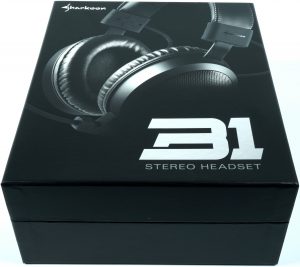 The Sharkoon B1 is now already open for less than 40 euros. And if you follow Sharkoon's philosophy that can't break, which isn't even in the first place and that all of this is packed (also visually) acceptable, then you can be curious. It should be clear now that you can't expect an acoustic or technical flyer for this price, but what do you really get for small money?
The Sharkoon B1 is now already open for less than 40 euros. And if you follow Sharkoon's philosophy that can't break, which isn't even in the first place and that all of this is packed (also visually) acceptable, then you can be curious. It should be clear now that you can't expect an acoustic or technical flyer for this price, but what do you really get for small money?
Delivery
Inside the box you will find a neat hard-shell packaging for on the go, the headset with the plug-in microphone, a connection cable with control unit, which extends the fixed and 1.1 m long cable with the 3.5 mm multifunction jack plug and ends in two separate 3.5mm jack plugs for HD audio, as well as a kind of manual. All of this can be left to one, even if the hard-shell story binds budget, which could certainly have been better used elsewhere.
Optics and haptics
Ok, 40 Euro street price and analog connection also mean that there is no RGB frills. This does not have to be assessed negatively, on the contrary. The matt black shells of the earcups are covered by black lacquered perforated metal, even if the shells are completely closed. Here only an optical perforation takes place, nothing more. The rest, i.e. the ear pads and almost the complete handle, are covered with PU-leather imitation.
All of this seems simple at first glance and so far not even bad and too cheap. Haptically, all this is a small grounding towards the bottom of the facts, but as long as you keep the purchase price in mind, you will also survive this realization. You can also see the necessary savings, but only at second glance. So far, therefore, the road map has been dutifully adhered to.
Wearing comfort and functionality
The price is hot, but the ears are after a good hour but also. This is due on the one hand to the fact that the handle ends directly in the ear muses and has no joints. In addition, the overall handle is quite torsion-stiff, so that in the worst case the earcup with cushions in the front is tightly attached towards the face and the rear part is airy only touched. The lack of perfect sitting or sounding too good is certainly no secret of the special class.
The headband is sufficiently padded inside and it doesn't really press anything even after wearing the (without cable) 320 gram headset. But you can see in the photo below very nicely what makes this very soft, but also emphatically mounted PU-couch: it is a welding driver of the very first quality. But it can be easily wiped off or even washed off in between. Then it also fits for total hygienists.
The ear pads are sufficiently soft, but also abundantly uncontoured. They can be removed and cleaned quite easily, which is quite a plus. Nevertheless, the somewhat uninspired filling is not suitable to complete this closed system on every head, which is a great pity. Here it would have been better to dispense with the hard shell case and give the B1 a vertical joint. In that case, the seat would have been really good.
The small volume control in the cable controller does what it should, but nothing more. You will certainly be able to find it intuitively, which is not self-evident. The synchronisation is, especially in the initial area, but rather not so plump. The mute slider at the back is very grippy, easy to touch and reach.
The total length of both cables is more than sufficient, with the 1.10 m to the TRSS connector, to which you can then connect the PC cable, is too short for a solo operation on the smartphone if you measure over 1.75 m in size. Then the way to the back pocket is already too long.
The shells are screwed and let us also look into the interior without loss. But i'll be right next to the Tear Down. What you can see from the outside, however, is the 40mm driver, which hides behind the cover and was only covered with some gauze. The circumferential groove picks up the edge of the ear pads and threads them from below (pictured left)
Microphone
The pluggable microphone arm is well solved in the form used with memory function, because you can catch the perfect position relatively quickly and easily. The pop protection is a nice entry but actually almost superfluous. Especially since it pushes the height even further down, but we will come to that in a matter of time.
The plugging is easy and also safe in terms of direction and bracket. However, I do not trust the creeks in this price range to cross the path and can only recommend not to practice plugging and pulling three times a day. Better just leave it in there, then nothing breaks so quickly.
Tear-Down and Sounding
The moment of truth only becomes apparent after the screw-up, that has always been the case. The 40 mm neodymium driver does not sit in a closed capsule again, but the entire earcup serves as a fat resonance space. We can see what consequences this can have on the next page in the CSD spectrum. Note: not always much helps. In addition, the front cover has two holes, which leads to pressure equalization, but also to unpredictable resonances.
The strain relief of the connecting cable is solved via a simple node, which is of course not uncommon in this price range. It is also very nice to see that the headband was only screwed to the white insert in the shell with two screws. This is classic cost-down, but the price did not suggest anything else.
The small driver not only has a slightly too low stroke, but is also amply insensitive. In the specifications, Sharkoon writes something about a sensitivity of 103 dB, but forgets the reference value, so that one does not know whether this was measured at a milliwatt of supplied power or a volt of RMS-related voltage. I tend to be more inthe latter, because the driver barely reaches the 100 dB limit without distortion.
The wiring and solder quality is ok, but not good. Not even in this price range. I haven't seen too many times that ground cables are soldered extremely long and free-hanging in pieces. With a little bad luck, these parts will eventually scrape at the housing at more violent sound pressures, which you could also hear. Of course, this error didn't occur during the test, but it's not really absurd because I've had it on an Arctic headset before.
But before we get to the actual test in practice, quickly all data and manufacturer information in tabular form:
| Headphones | |
| Frequency range: | 20 – 20000 Hz (manufacturer's specification without indication of tolerance range) |
| Impedance: | 32 x |
| Sensitivity at 1 kHz: | 103 dB without specifying the reference size |
| Loudspeaker diameter: | 40 mm neodymium |
| Microphone | |
| Measured frequency range: | 50 – 10000 Hz |
| Sensitivity at 1 kHz: | -40 dB x 2 dB |
| Signal-to-noise ratio: | No information |
| Impedance: | 2.2 k |
| Other: | Removable, pop protection |
| Connections | |
| Cable | 1x 3.5 mm jack plug (TRRS) 110 cm 2x 3.5mm jack plug (headphones, microphone) Cable control unit with volume control and mute function Textile-coated cables |














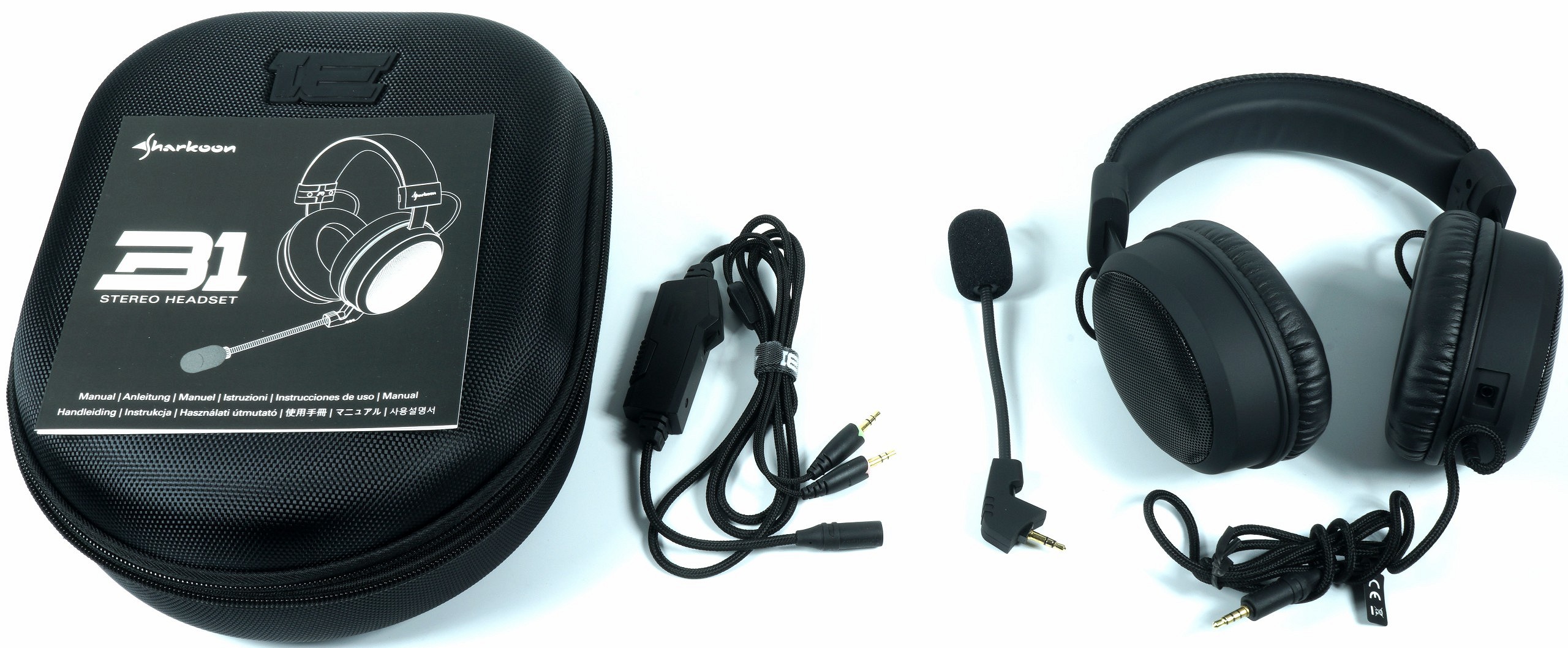






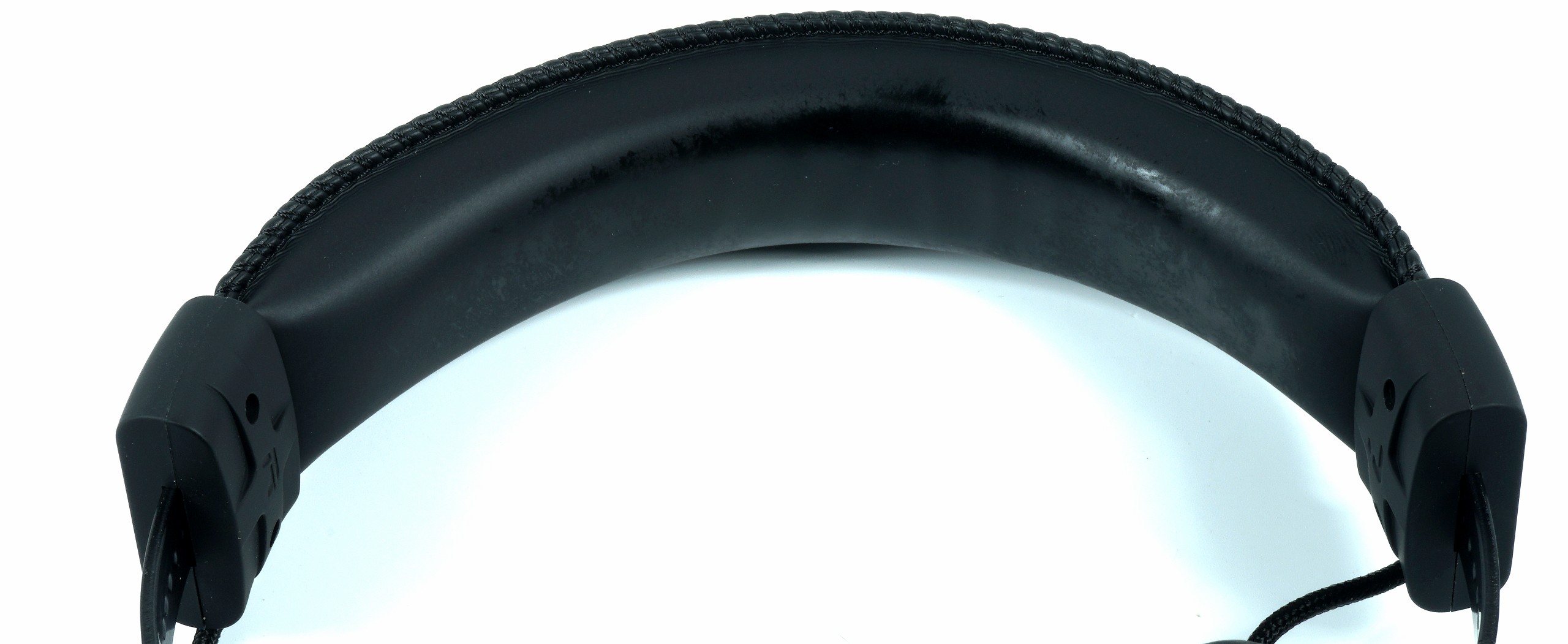



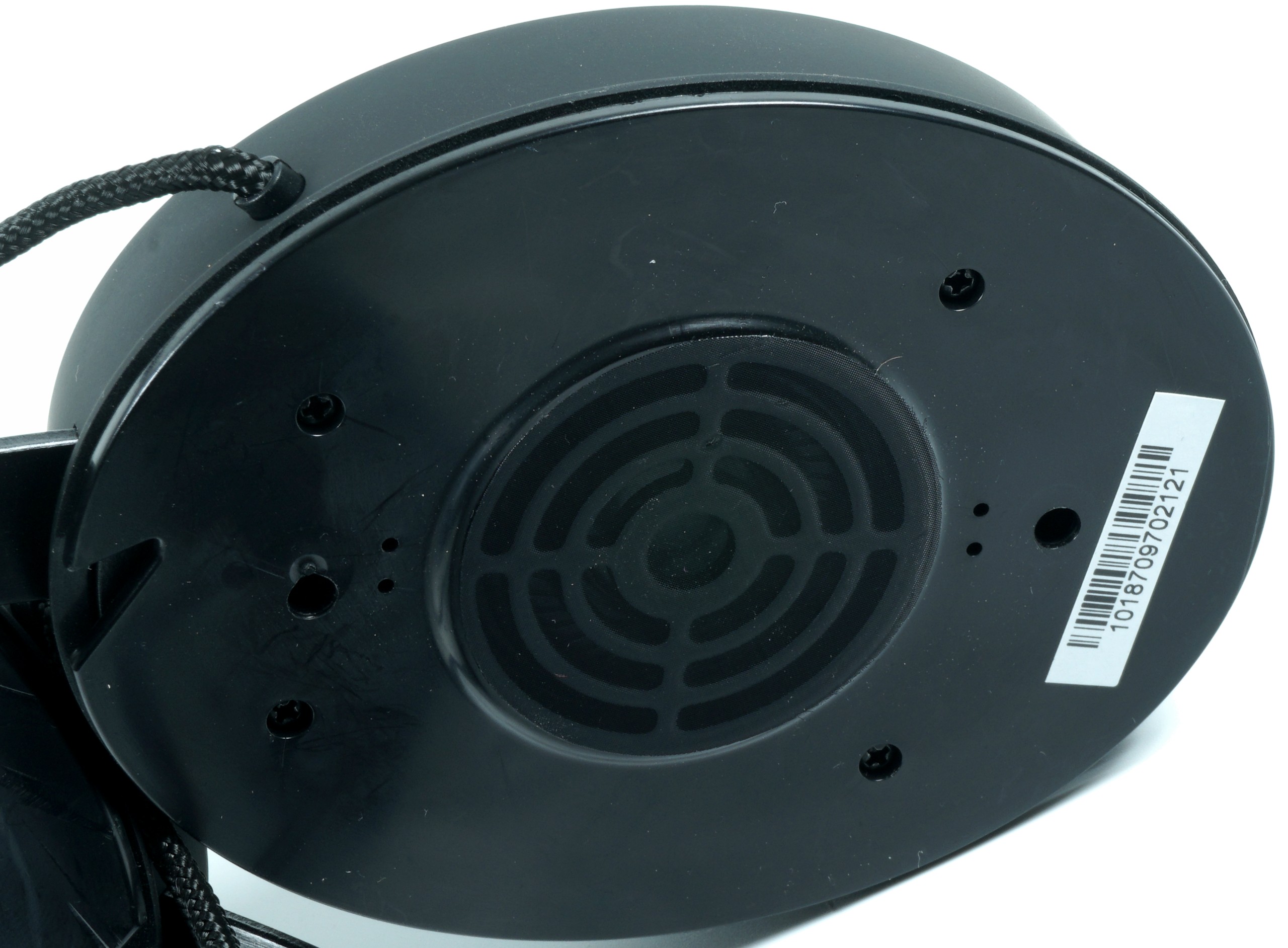

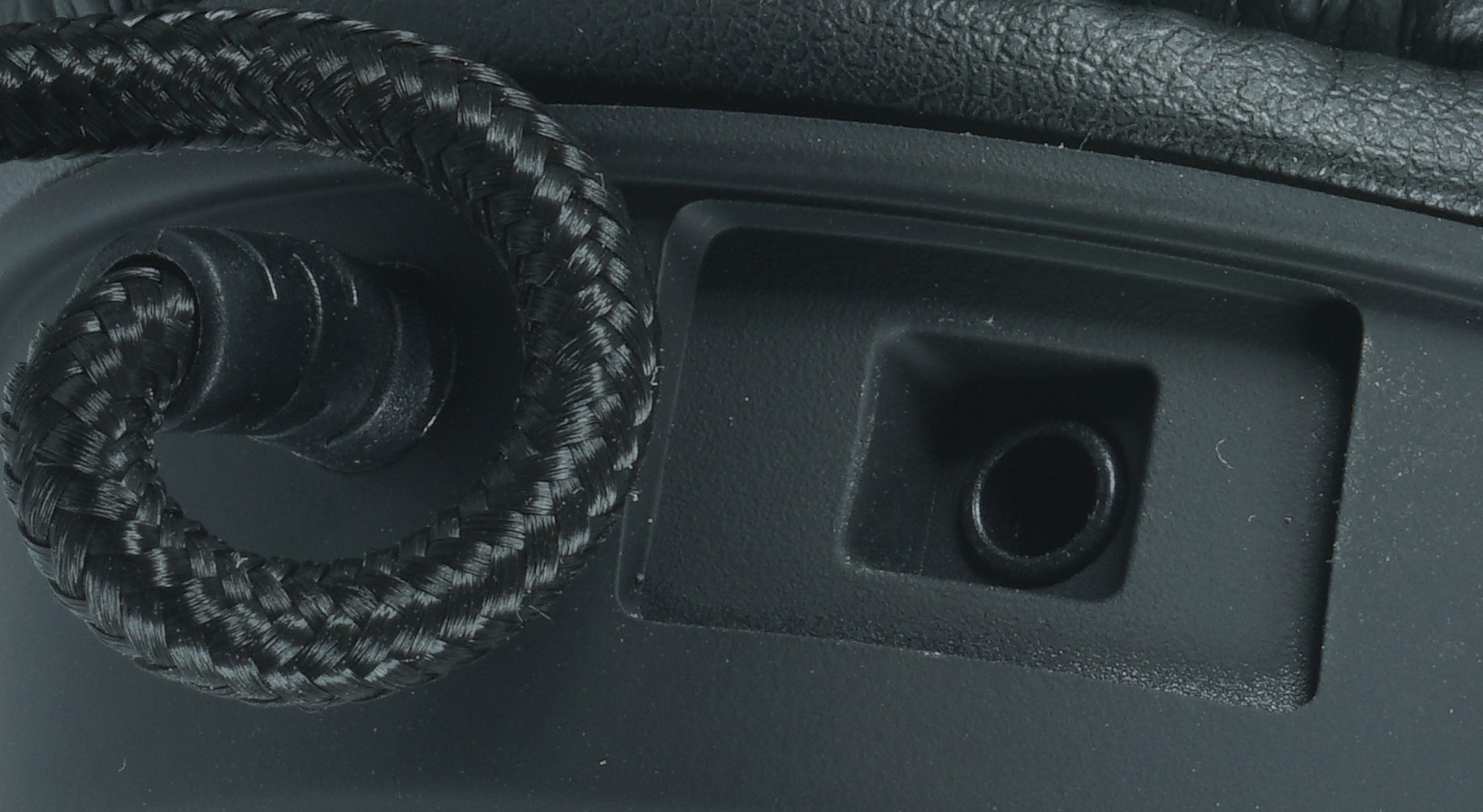
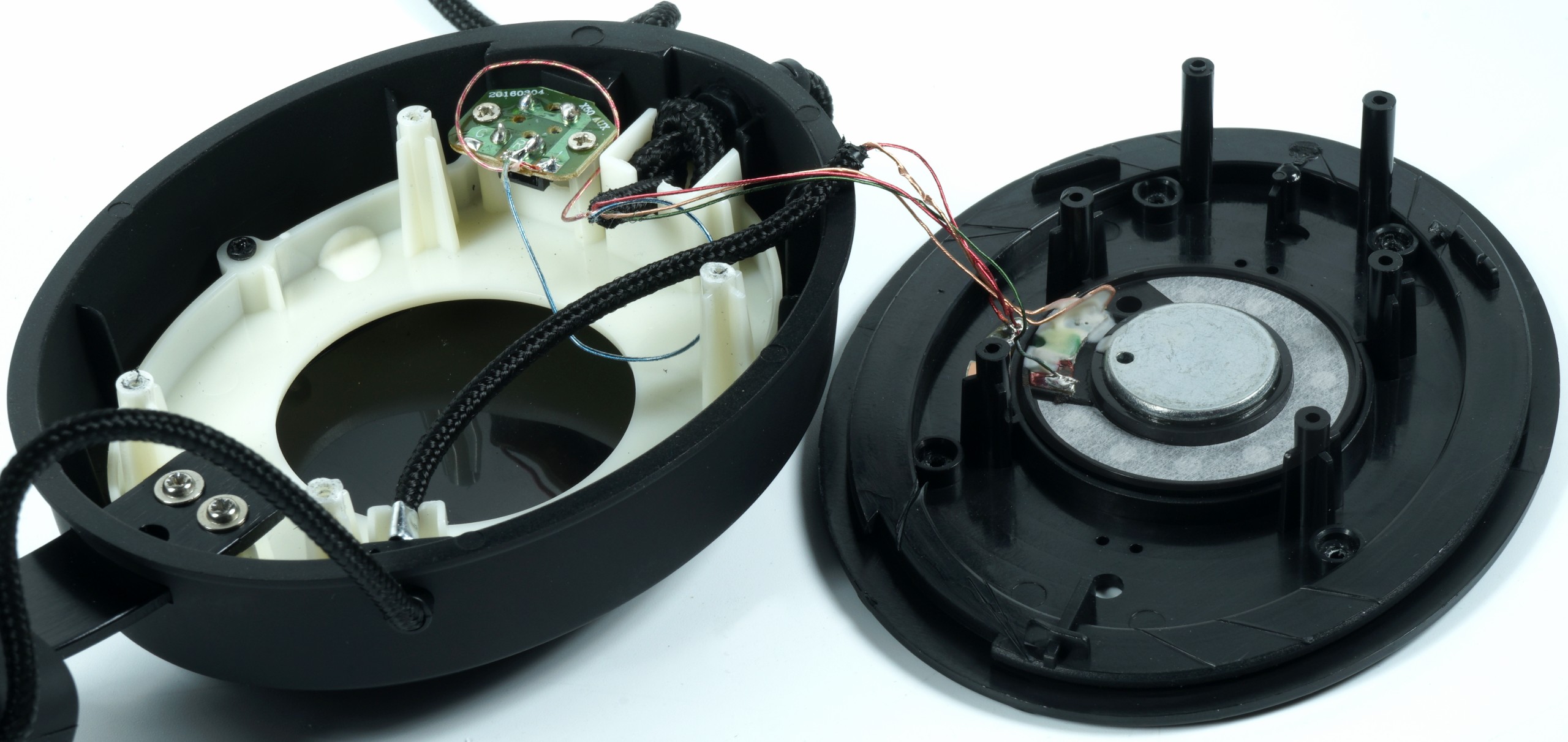
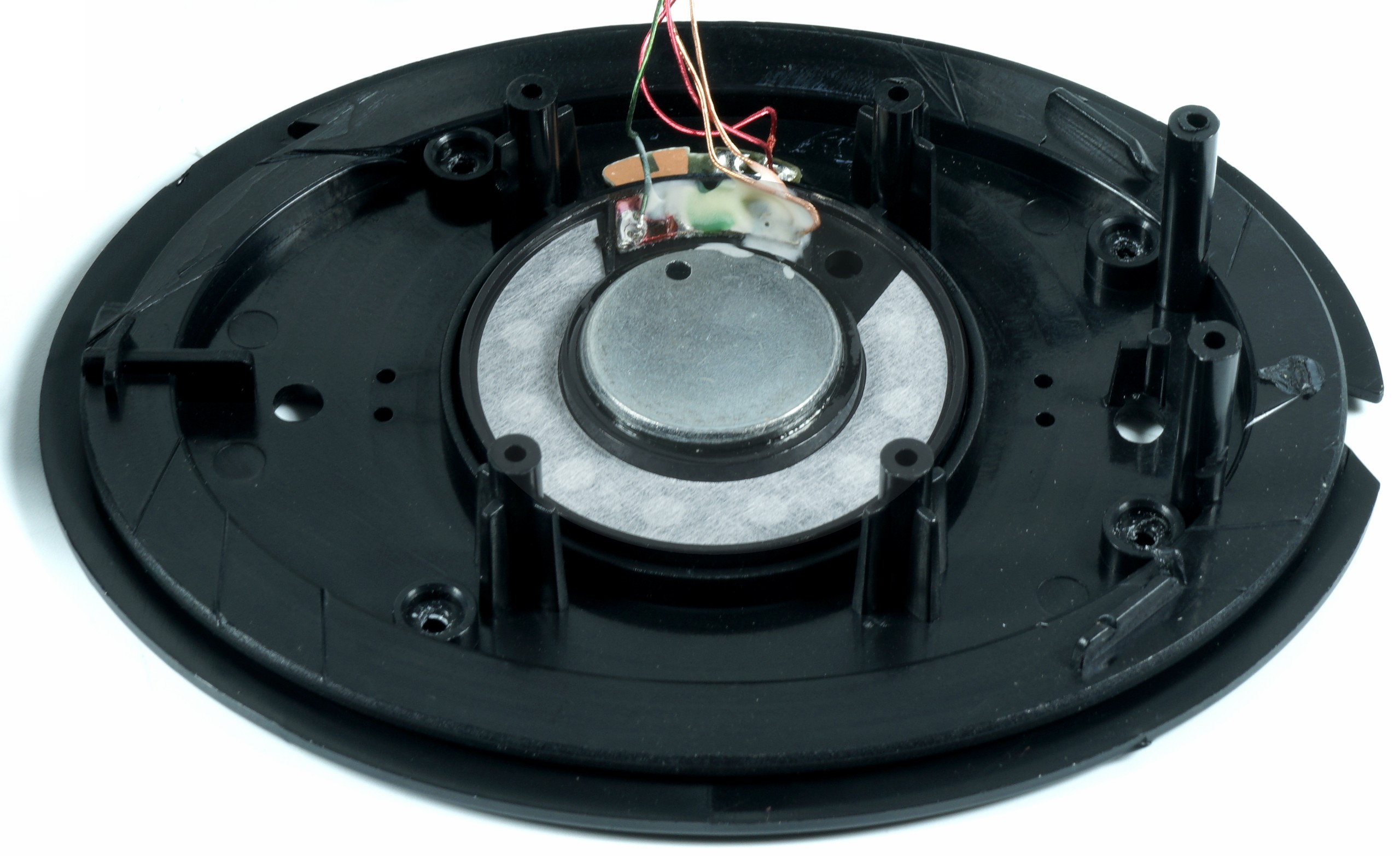


















Kommentieren